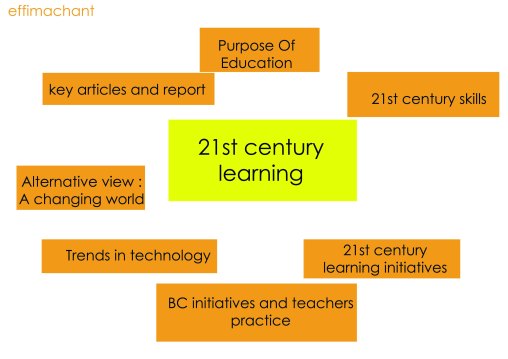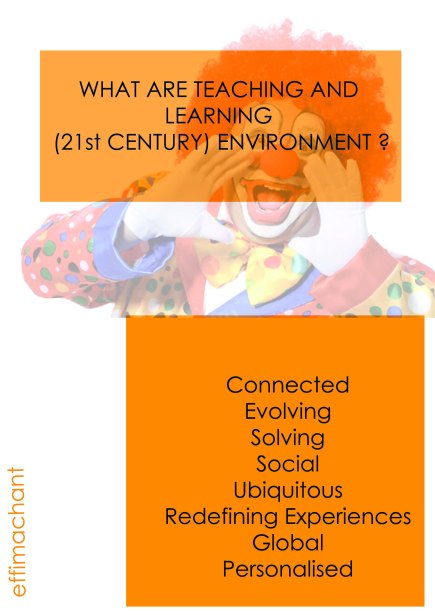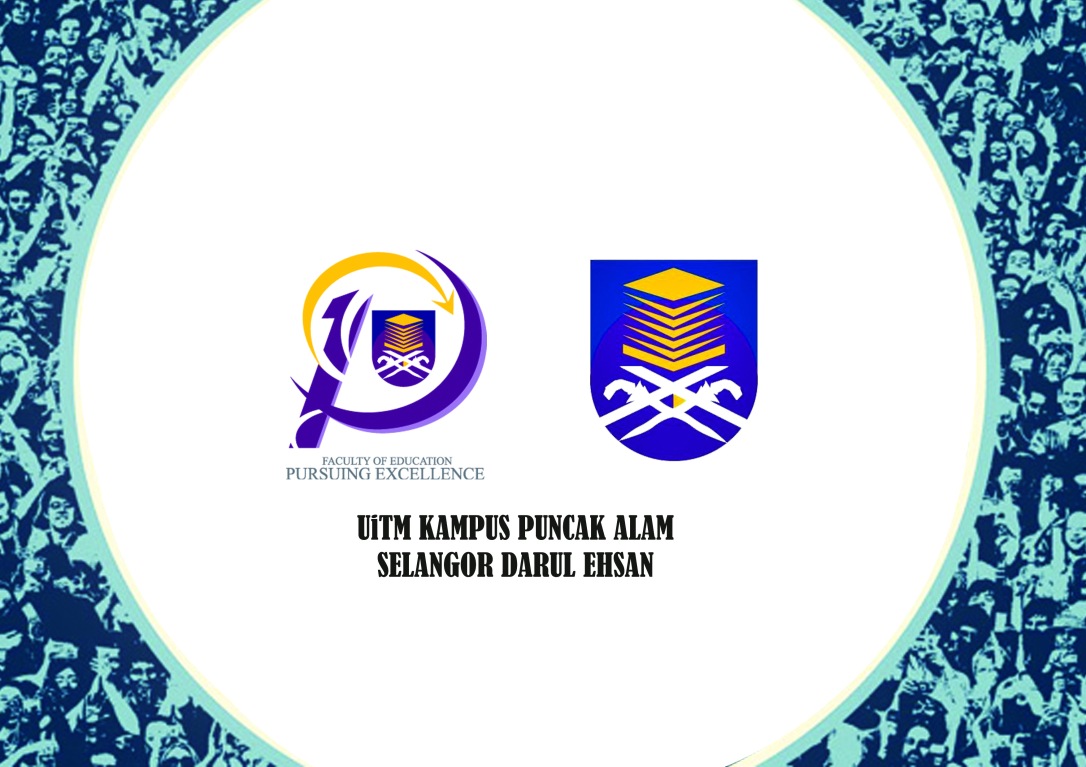Q & A :
Week 11 : Classroom Resources (Video)
Question :
1. Define the meaning of aperture, shutter speed, ISO, and DOF
- Aperture : In optics, an aperture is a hole or an opening through which light travels. More specifically, the aperture and focal length of an optical system determine the cone angle of a bundle of rays that come to a focus in the image plane.
- Shutter : One who shuts or closes something. quotations ▼(usually in the plural) Protective panels, usually wooden, placed over windows to block out the light.(photography) The part of a camera, normally closed, that opens for a controlled period of time to let light in during taking a picture.
- ISO : ISO creates documents that provide requirements, specifications, guidelines or characteristics that can be used consistently to ensure that materials, products, processes and services are fit for their purpose.
- DOF : Depth of field. … In optics, particularly as it relates to film and photography, depth of field (DOF), also called focus range or effective focus range, is the distance between the nearest and farthest objects in a scene that appear acceptably sharp in an image.
2. Differentiate the purpose of camera angles and shots.
Camera Angle :
The camera angle marks the specific location at which the movie camera or video camera is placed to take a shot. A scene may be shot from several camera angles simultaneously. This will give a different experience and sometimes emotion. The different camera angles will have different effects on the viewer and how they perceive the scene that is shot. There are a few different routes that a camera operator could take to achieve this effect. The typical shot measurements unit is the milliframe. Milliframes are used to calculate how much the shot should be moved to perfect the camera angles. One milliframe (mF) equals about .328cm (0.129 inches). However, the exact size of a milliframe is almost impossible to calculate since it is not a physical measurement.
Shot :
In filmmaking and video production, a shot is a series of frames, that runs for an uninterrupted period of time.Film shots are an essential aspect of a movie where angles, transitions and cuts are used to further express emotion, ideas and movement. The term “shot” can refer to two different parts of the filmmaking process:
- In production, a shot is the moment that the camera starts rolling until the moment it stops.
- In film editing, a shot is the continuous footage or sequence between two edits or cuts.
Week 10 : Classroom Resources (Audio)
Question :
-
List format audio
3gp – Multimedia container format can contain proprietary formats as AMR, AMR-WB or AMR-WB+, but also some open formats
MP3 – MPEG Layer III Audio. It is the most common sound file format used today.
Raw – A raw file can contain audio in any format but is usually used with PCM audio data. It is rarely used except for technical tests.
Wma – Windows Media Audio format, created by Microsoft. Designed with Digital Rights Management (DRM) abilities for copy protection.
- Differentiate lossy and lossless.
Lossless and lossy compression are terms that describe whether or not, in the compression of a file, all original data can be recovered when the file is uncompressed. With lossless compression, every single bit of data that was originally in the file remains after the file is uncompressed.
Week 6 : Media and methods of Instructions
- Compare and contrast teacher vs student-centered learning strategies.
- Use table to compare and contrast the advantages and limitation of :
a)Cooperative Learning
b)Gamification
c)Discovery learning
d)Inquiry-based learning
e)Project /Problem-based learning
Week 5 : Reflective Learning
- Define cyberlearning with example of classroom application.
Cyberlearning is a learning nowadays using technology methods to easily our life. It make easily our education systems became more effective because it is 21st-century teaching and learning.
Example classroom application is :
1) Classroom as Virtual Phenomenon: RoomQuakes and WallScopes
2) Games for Good: Learning While You Play
3) Teaching Tykes to Program: Never Too Young to Control a Robot
4) Virtual role-play and robot-tutors
5) Tools for Real-time Visual Collaboration
6) Fusing data collection, computational modeling, and data analysis
7) Virtual Worlds and Augmented Reality: Increasing ecological understanding
8) Can use LCD and projector to change blackboard
9) Can do 21st-century learning using video or technologies
10) Easily all the information is only one click
11) Student can do the e-resume and e-portfolio
12) Student can interact with teacher/lecturer without coming to class that also we call as blended learning
13) Student also can share all the information with their friends easily and anytime
14) Student can google all the information and make it simple with using the old method go to the library and find the information
15) Student and teacher become happy
- Describe cyberlearning literacy and its implementation in the classroom.
Cyberlearning literacy is a new experience without going to the classroom and using traditional methods to learn. Everything the information and experiences, student can get it from mobile phones, reality games, PC, laptop and just google it. Cyberlearning can be the learning outside the school. This is the method of teaching without a formal classroom, chair, and table.
Implementation in the classroom :
-a teacher can show the video
-a teacher can ask the student to download the application in the app store or google and learn together without came to class
-a teacher can do the blended learning
- Identify three web 2.0 resources.
-Powtoon
-Blogger
-Wikipedia
-Wordpress
-Youtube
Week 4: Reflective Learning
- What are the primary types of criteria used to analyze learners ?
ASSURE is an instructional design model that has the goal of producing more effective teaching and learning. “ASSURE” is an acronym that stands for the various steps in the model. The following is a breakdown of each step.
| A | Analyze Learners |
| S | State Objectives |
| S | Select Methods, Media, and Materials |
| U | Utilize Media & Materials |
| R | Require Learner Participation |
| E | Evaluate and Revise |
- Why are learning objectives important ?
A learning objective states specifically what a student should be able to do.
Students will be able to:
- Identify different levels of data in new scenarios.
- Explain in context a confidence interval.
- Determine which probability distribution out of binomial, poisson or normal is most appropriate to model in an unfamiliar situation.
- Compare two time series models of the same data and evaluate which is more appropriate in a given context.
Without learning objectives it is difficult for students to know what they are supposed to be learning. In a lecture, a teacher can talk extensively about a case, but unless she states explicitly, it can be difficult for the students to know where to direct their attention. Do they need to know the details of that specific case or what principles are they supposed to glean from the example? Or was it just a “war-story” to entertain the troops? Students can waste a great deal of time studying things that are not necessary, to the detriment of their learning as a whole. The uncertainty also causes unnecessary anxiety.
- What the four component crafting a good learning objective?
- Audience
- Behaviour
- Standard
- Condition
- Performance
- Criteria
Week 3: Instructional System Design: Theory and Model
1.What are the eight principles of effective instruction ?
- Eight principle of effective instruction
- Develop mastery learning
- Don’t dismiss knowledge as ‘lower order’
- Expect excellence from all
- Guide learning
- Ensure that student
- Put deliberate practice into lessons
- Test to improve learning
- Use questioning frequently and rigorously
1. Teacher Clarity
When a teacher begins a new unit of study or project with students, she clarifies the purpose and learning goals, and provides explicit criteria on how students can be successful. It’s ideal to also present models or examples to students so they can see what the end product looks like.
2. Classroom Discussion
Teachers need to frequently step offstage and facilitate entire class discussion. This allows students to learn from each other. It’s also a great opportunity for teachers to formatively assess (through observation) how well students are grasping new content and concepts.
3. Feedback
How do learners know they are moving forward without steady, consistent feedback? They often won’t. Along with individual feedback (written or verbal), teachers need to provide whole-group feedback on patterns they see in the collective class’ growth and areas of need. Students also need to be given opportunities to provide feedback to the teacher so that she can adjust the learning process, materials, and instruction accordingly.
4. Formative Assessments
In order to provide students with effective and accurate feedback, teachers need to assess frequently and routinely where students are in relation to the unit of study’s learning goals or end product (summative assessment). Hattie recommends that teachers spend the same amount of time on formative evaluation as they do on summative assessment.
5. Metacognitive Strategies
Students are given opportunities to plan and organize, monitor their own work, direct their own learning, and to self-reflect along the way. When we provide students with time and space to be aware of their own knowledge and their own thinking, student ownership increases. And research shows that metacognition can be taught.
Collaborating with Colleagues
Great teachers are earnest learners. Spend some time with a colleague, or two or three, and talk about what each of these research-based, best classroom practices looks like in the classroom. Discuss each one in the context of your unique learning environment: who your students are, what they need, what they already know, etc.
2. Desribe the similarities and differences principles of effective technology and media ?
TECHNOLOGY :
There are many definitions of technology (see Wikipedia for a good discussion of this). Essentially definitions of technology range from the basic notion of tools, to systems which employ or exploit technologies. Thus
- ‘technology refers to tools and machines that may be used to solve real-world problems‘ is a simple definition;
- ‘the current state of humanity’s knowledge of how to combine resources to produce desired products, to solve problems, fulfill needs, or satisfy wants‘ is a more complex and grandiose definition (and has a smugness about it that I think is undeserved – technology often does the opposite of satisfy wants, for instance.).
MEDIA :
Media (plural of medium) is another word that has many definitions and I will argue that it has two distinct meanings relevant for teaching and learning, both of which are different from definitions of technology.
The word ‘medium’ comes from the Latin, meaning in the middle (a median) and also that which intermediates or interprets. Media require an active act of creation of content and/or communication, and someone who receives and understands the communication, as well as the technologies that carry the medium.
Different :
The similarity in principle of effective technology and media utilization is both are for the 21st century student. Both need teacher guidance to teach them how to use technology and media. For the 21st century student, teacher will be expected to
The different is technology need teacher to guide how to use technology and teacher are expected to incorporate technology in classroom to show the student how it can enhance their learning.
While media need literacy skills need teacher to guide them how to access media, how to understand and analyse the content and how to create new media messages through text, television and video. In media utilization also need teacher to guide student to use media sources at wisely, safe and more productive.
3. What is digital distruption ?
Digital disruption is an effect that changes the fundamental expectations and behaviors in a culture, market, industry or process that is caused by, or expressed through, digital capabilities, channels or assets.
Characteristic Of The 21st Century Teacher :
1. Teaching Centered
2. Students as Producers
3. Learn New Technologies
4. Go Global
5. Be Smart and Use Smart Phones
6. Blog
7. Go Digital
8. Collaborate
9. Use Twitter Chat
10. Connect
11. Project-Based Learning
13. Code
14. Innovate
15. Keep Learning
Week 2 : Case 1
Student are required to synthesize the report taken PPPM 2015-2025 and relate with national agenda. Illustrate the ideas using info graphic.
Online Discussion :

- discuss the characteristic of 21st century learner.



- how important we as an educator to know 21st century learner ?
As an educator, we must know 21st century teaching and learning because we at 21 st century now.In its simplest terms, blended learning combines traditional, teacher-to-student lessons with technology-based instruction. It is impossible for us to continue using outdated methods teaching and learning . Time has changed. This is 2017 !!! It’s a computer and a smartphone world. Not a long time ago with no technology. Helping students to become technologically skilled and literate and thus better prepared for modern workplaces. Empowering students to do more complex and creative work by allowing them to use digital and online applications and tools. Improving the administration and management of schools and classrooms by making it easier to gather information on what students know and have done. It also can improving communications among students, teachers, and parents.
- how its effect technologies in education ?
There are many benefits we can get from technologies in our education system. There are many effect of technologies in education. We can see a lot of things happen nowadays. We can see the change from traditional to modern. Technology is everywhere in education. For example in Malaysia, the Malaysian government is in full effort to provide a variety of effective methods and ways to facilitate students to gain knowledge. Currently the new generation student are also exposed to use various types of gadgets to facilitate business and work especially to easy to study. In schools some old equipment has been changed recently. Computer usage has also been introduced. Teachers also get smartphones. Many in the ed-tech field see new technologies as powerful tools to help schools meet the needs of ever-more-diverse student populations. For all the technological progress, though, implementation remains a major challenge. Increasingly, schools are moving to provide students with their own laptop computer, netbook, or digital tablet.


Week 1 : Online Discussion

Student are required to organize evidence-based e-portfolio as a reflective learning .
1. Differentiate the terms of instruction, teaching and technology.
Instruction :
The word instruction based on Cambridge Dictionary is a direction calling for compliance . In another meaning , is an outline or manual of technical procedure to make somethings.Using an instruction, can facilitate all work . Advice and information about how to do or use something, often written in a book or on the side of a container. Using an instruction can make somethings more easy to do because it like have an objective.
Teaching :
Based on the Cambridge Dictionary, the meaning of teaching is something taught . A teacher (also called a school teacher or, in some contexts, an educator) is a person who helps others to acquire knowledge, competences or values. I think everybody love to teach another person. Teaching includes two person interact each others. Teaching is a word an interaction with learner. For example, in a classroom , Ustazah teach alif , ba , ta to the children. Many university in the world and especially in Malaysia have teaching courses like Bachelors Education during 4 years degree.
Technology :
As we know, technologies can easily our life. There are many things we can do with technology. Technology (“science of craft”, from Greek “art, skill, cunning of hand”; and -λογία, is the collection of techniques, skill, methods and processes used in the production of goods can be the knowledge of techniques, processes, and the like, or it can be embedded it machines to allow for operation without detailed knowledge of their workings.





